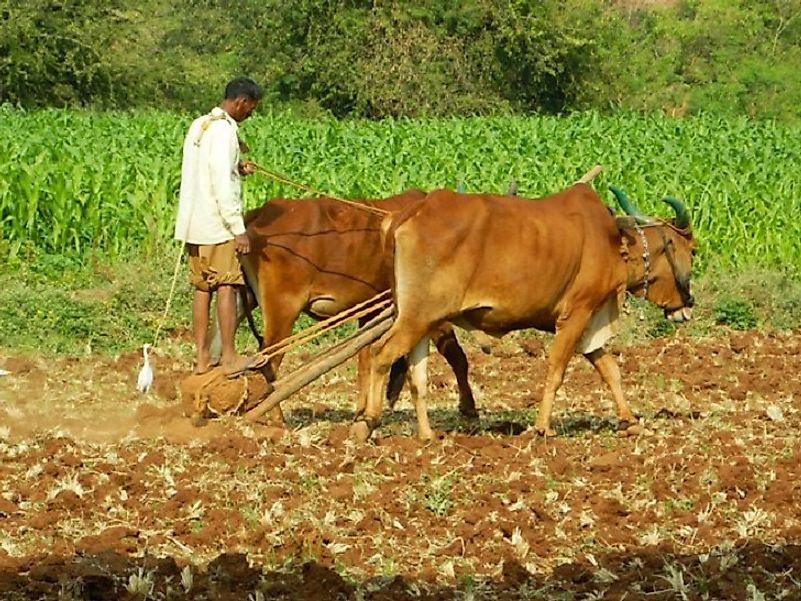What Was The Neolithic Revolution?

The Neolithic Period
The Neolithic period was the last period in the Stone Age, and is sometimes referred to as the "New Stone Age". After coining the word “stone age,” scholars decided to divide it into different periods, namely including the Paleolithic, Mesolithic, and Neolithic Periods. This period is commonly known as the period that developed spread of agricultural practices and the use of polished stone tools. The term Neolithic is always used in connection with Agriculture when cereal cultivation and animal domestication was introduced. The period was from 10,200 BC to 2,000 BC and started in the Middle East and later spread to the other parts of the world. The human species to enter this stage of evolution was Homo sapiens sapiens.
Rise of the Neolithic Period
A major catalyst to the Neolithic revolution was a change in climatic conditions, which became drier across much of the then-inhabited parts of our world. The people had previously been nomadic and practiced hunting and gathering. The people who were living near rivers and other water sources began to tend and water wild grains which they later harvested and sowed them later. Agriculture then expanded and included a broad range of crops. Domestication of animals for meat also started, and they ceased to depend on hunting entirely. The earliest domesticated animals were dogs, sheep, and goats. The animal skins were also used for clothing. Linen and wool clothing were used later used at later stages of the Neolithic period.
Changes in Ways of Life
The Neolithic Period led to an increased abundance of food, and also far greater food security. The increases in food led to increased human population sizes. The development of agriculture instead of hunting and gathering enabled human beings to live a more settled lifestyle. People started to live in groups, and this necessitated the need to have better and more complicated forms of communication. In advanced stages, there was the need for governments as people had started living in settlements with tighter and more complex social situations. Agriculture led to food surpluses which led to increased population and excesses. During the times of hunting and gathering times, both men and women participated in food hunting activities with the women bearing the responsibility of raising children. During the Neolithic period, there was the division of labor in a family set up where the men worked on farms while women engaged in more homemaking roles. There was less time needed to get the necessary amount of food and therefore more time for recreational activities which made people more social.
Positive Effects
The biggest positive impact of Neolithic Revolution was the rise of civilizations. It is regarded as the period in which people started living in groups and family units. Agricultural and pastoral development made people have more time to develop other crafts and skills to benefit individuals and society as a whole. Division and specialization enhanced productivity and also improved the living standards of the people. It is also the period when pottery was introduced which further ensured food security as storage of cereals in pots was now possible.
Adverse Effects
Critics of the Neolithic revolution have argued that this period led to the creation of social classes in the world due to people increasingly capitalizing on opportunities at the expense of others. The gap between the rich and the poor started developing at this stage and has remained unsolved up to date. Food was in plenty, and this led to overpopulation. Overuse of land resulted in environmental degradation in the long run. Others have also cited to over-consumption of grains and meat, which can be unhealthy in large quantities, and later contributed to some of the chronic diseases of modern times, such as obesity, diabetes, and cancer.











